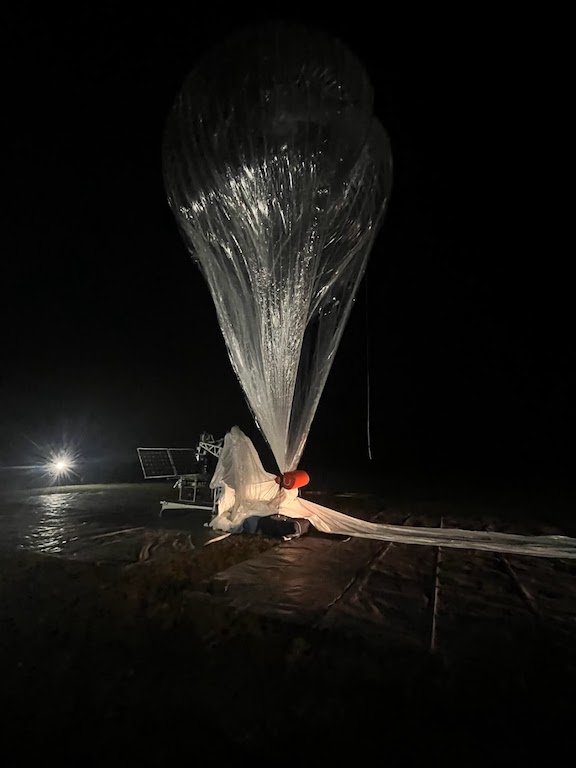Stratospheric Optical Link Demonstration (SOLD)
PI: Nathan Barnwell, Naval Information Warfare Center Pacific
PI: Nathan Barnwell, Naval Information Warfare Center Pacific

- NA
Compared to space-to-space optical communications, FSO communication is much more complex. In addition to tight pointing requirements and regulations limiting the emitting of lasers into the sky, FSO transmission is affected by varying atmospheric conditions (e.g., clouds, precipitation, temperatures). Many of the inputs used to calculate optical link budgets (i.e., how much optical power will be lost) are theoretical or based on assumption. Better understanding how the atmosphere affects the optics will help researchers design effective FSO systems. The SOLD effort will test two main innovations, advancing the state of the art for future small satellite optical communication systems. First, researchers will be testing the hardware and software used for pointing, acquisition, and tracking for FSO systems. In addition, they will test a modular, mobile optical ground station. This alternative to large, expensive ground stations is expected to increase the potential for FSO communicati
The SOLD project goals are (1) to mature both space-based and terrestrial optical systems; (2) advance the logistics, concept of operations, and infrastructure to support FSO communications on stratospheric platforms; and (3) advance future small satellite optical communication systems. Researchers will verify and validate optical link budget parameters and develop best practices in operational laser safety to/from terrestrial assets and orbit/stratospheric assets.
• Small satellite–based orbital optical communications with high data throughput requirements
• Terrestrial optical communications
Technology Details
-
Selection DateFlightsofOpportunity
-
Program StatusActive
- 1 Balloon
Development Team
-
PINathan Barnwell
-
OrganizationNaval Information Warfare Center Pacific
-
SponsorNaval Information and Warfare Center (NIWC)

